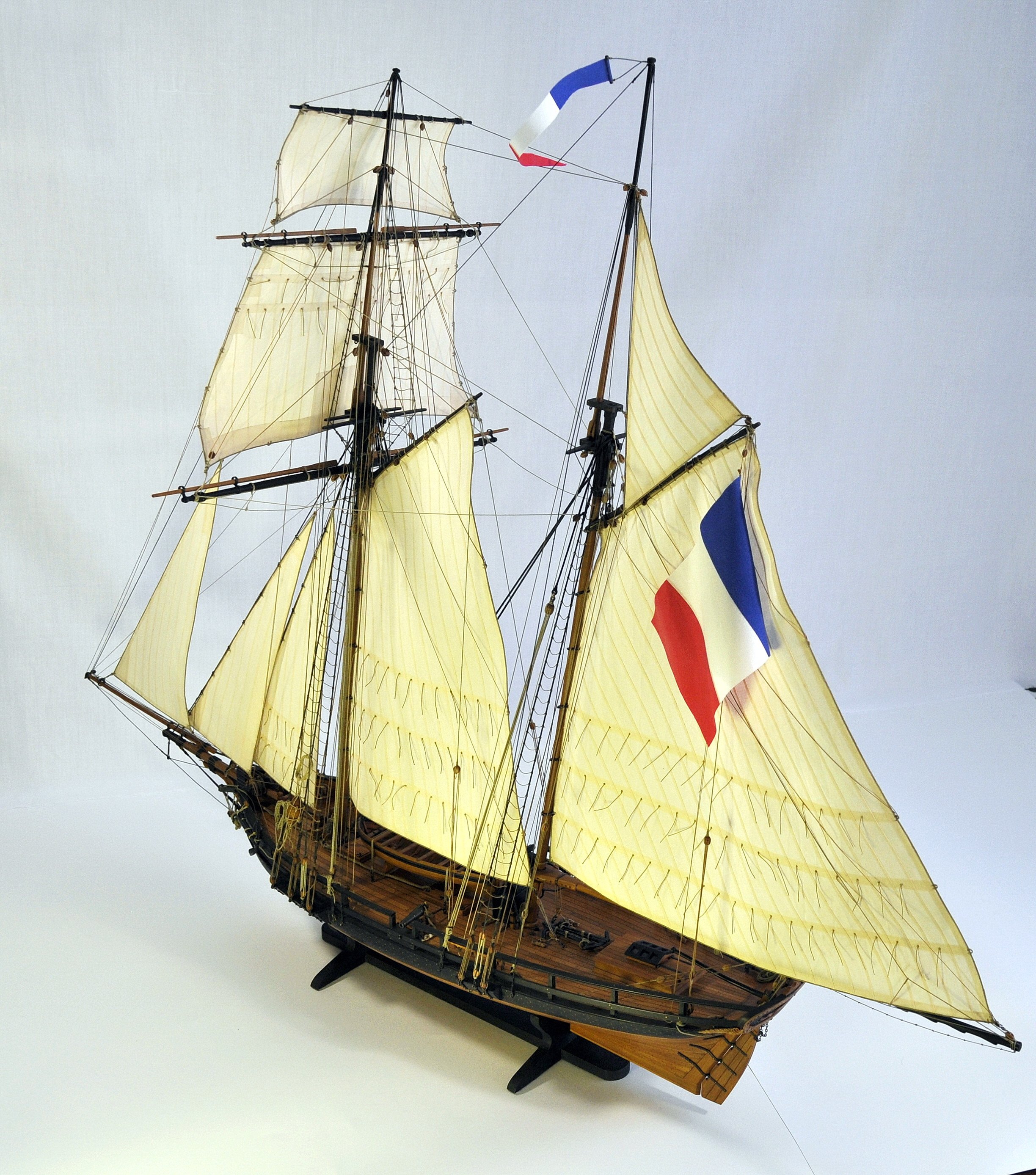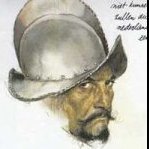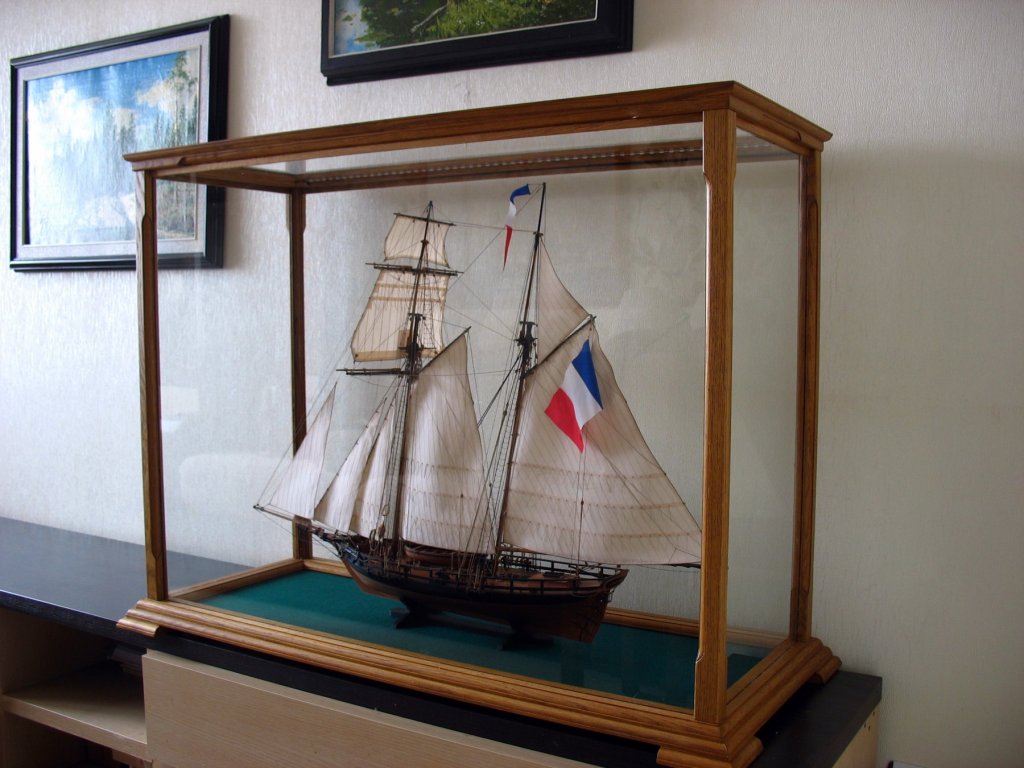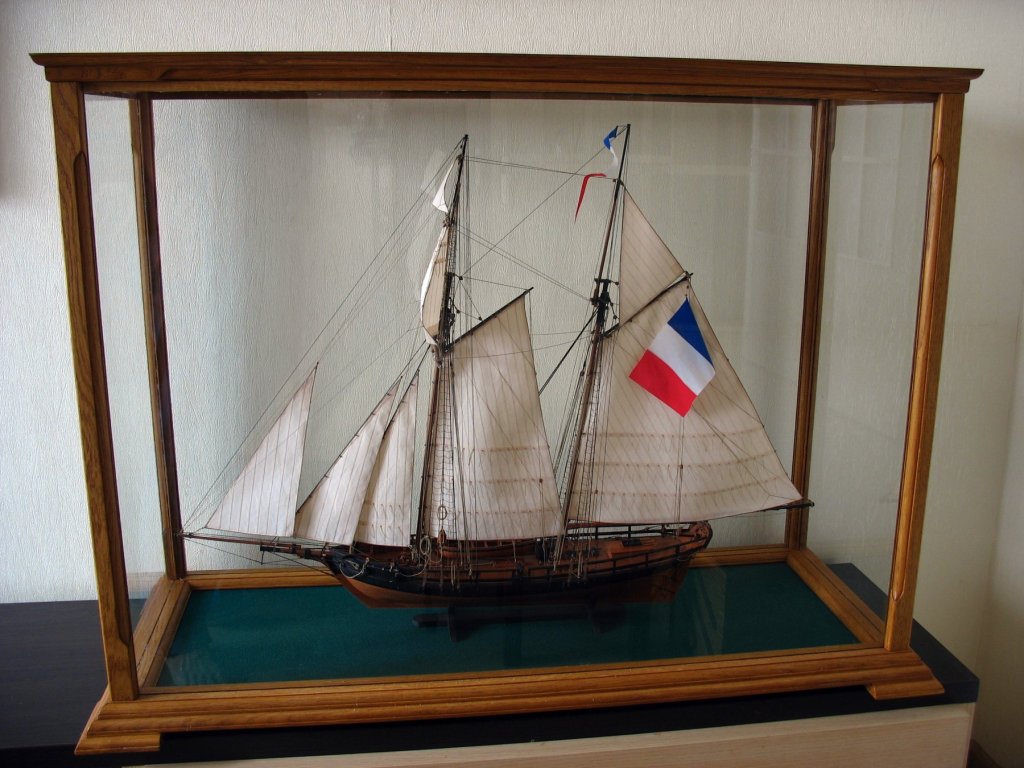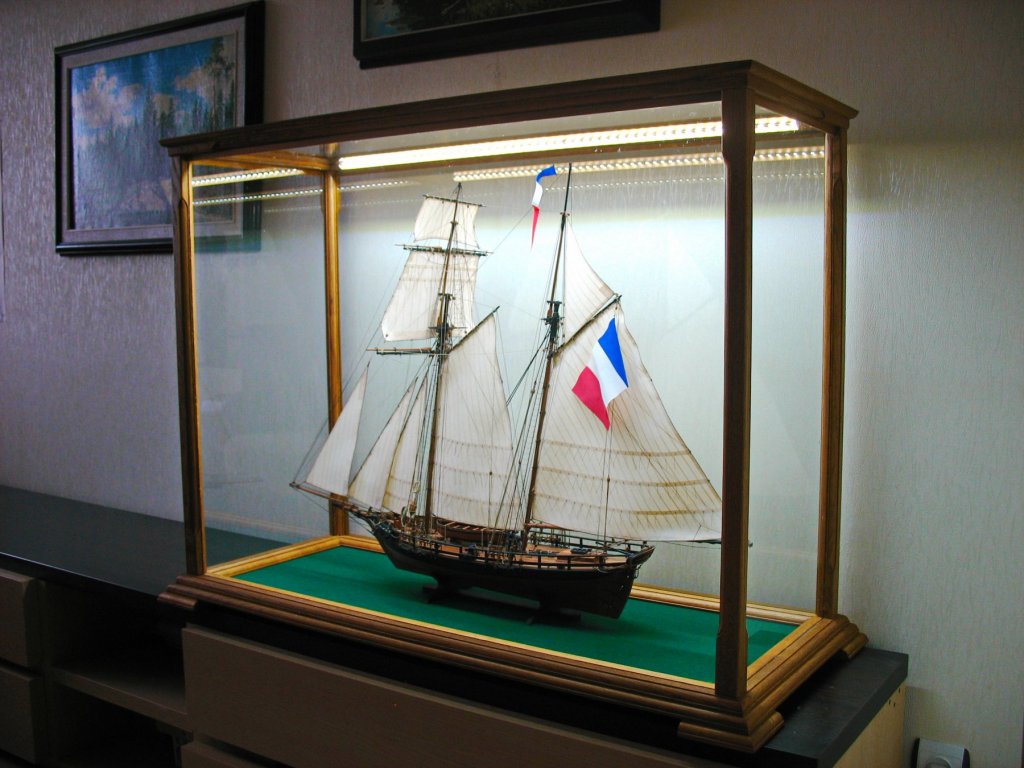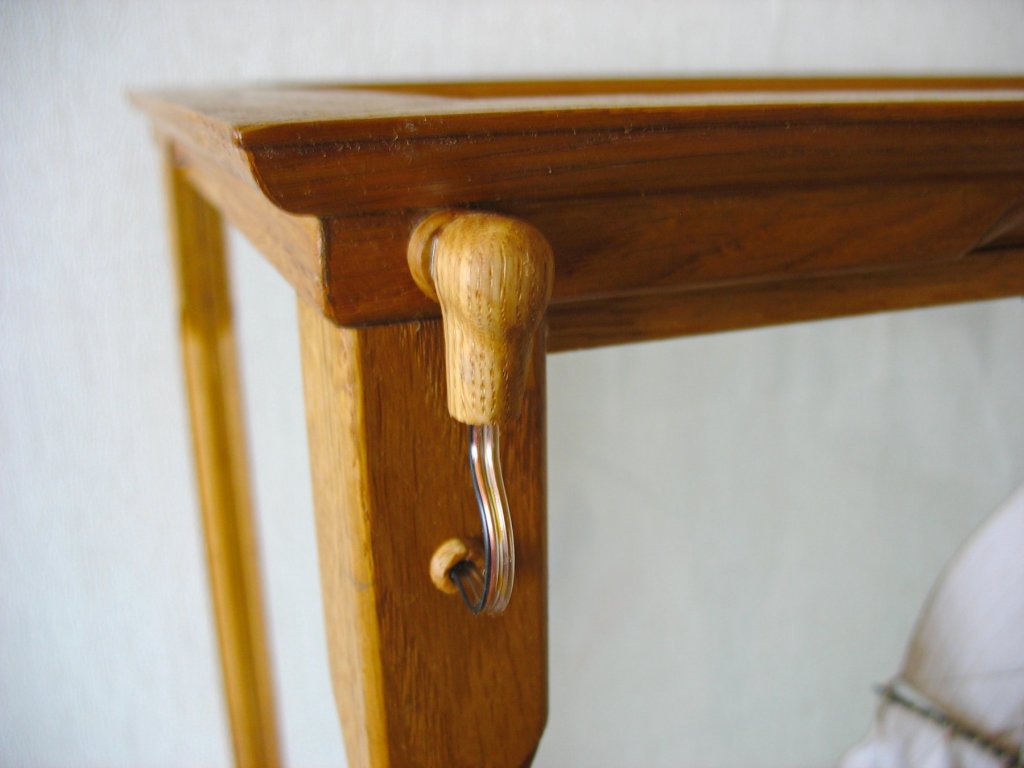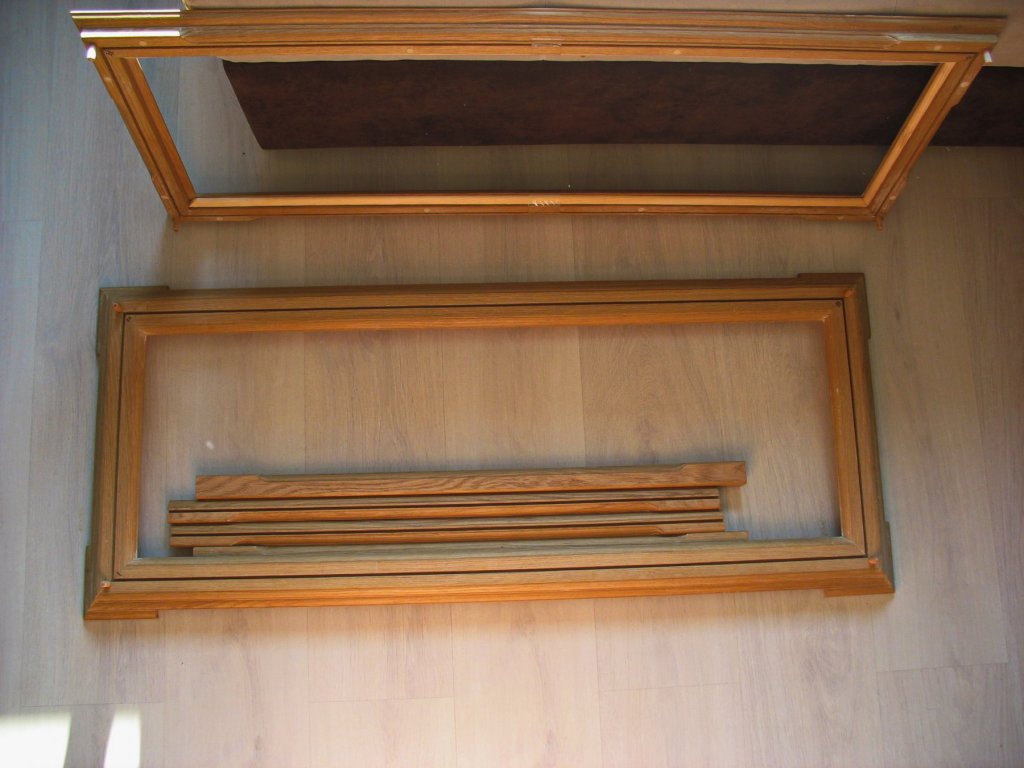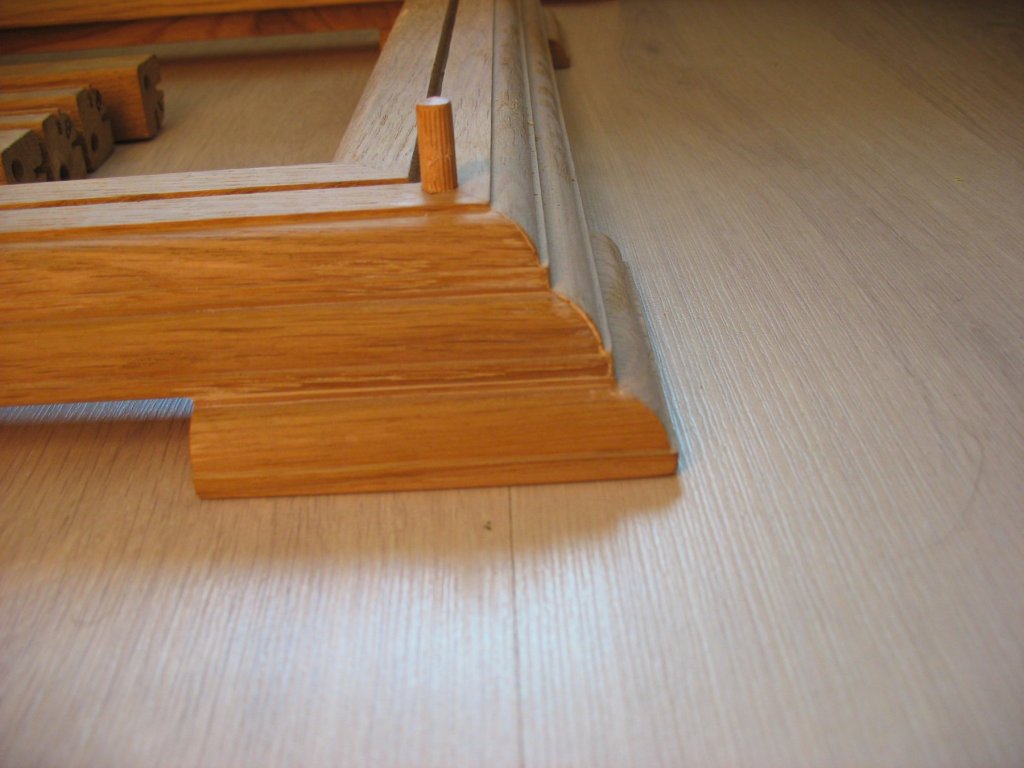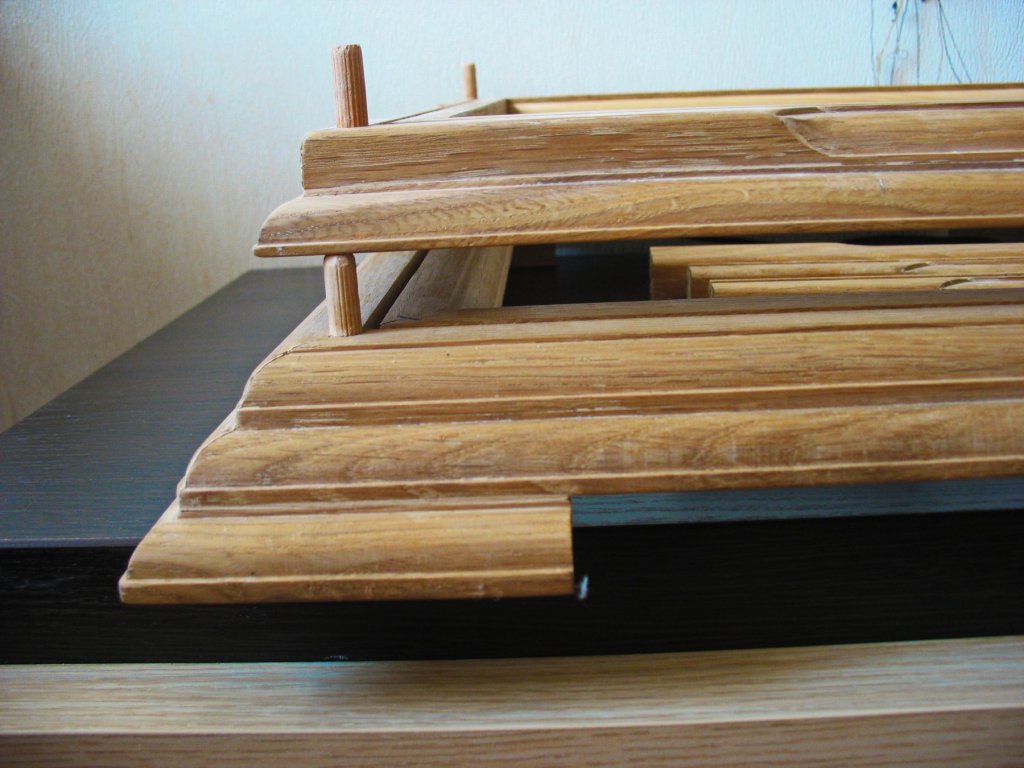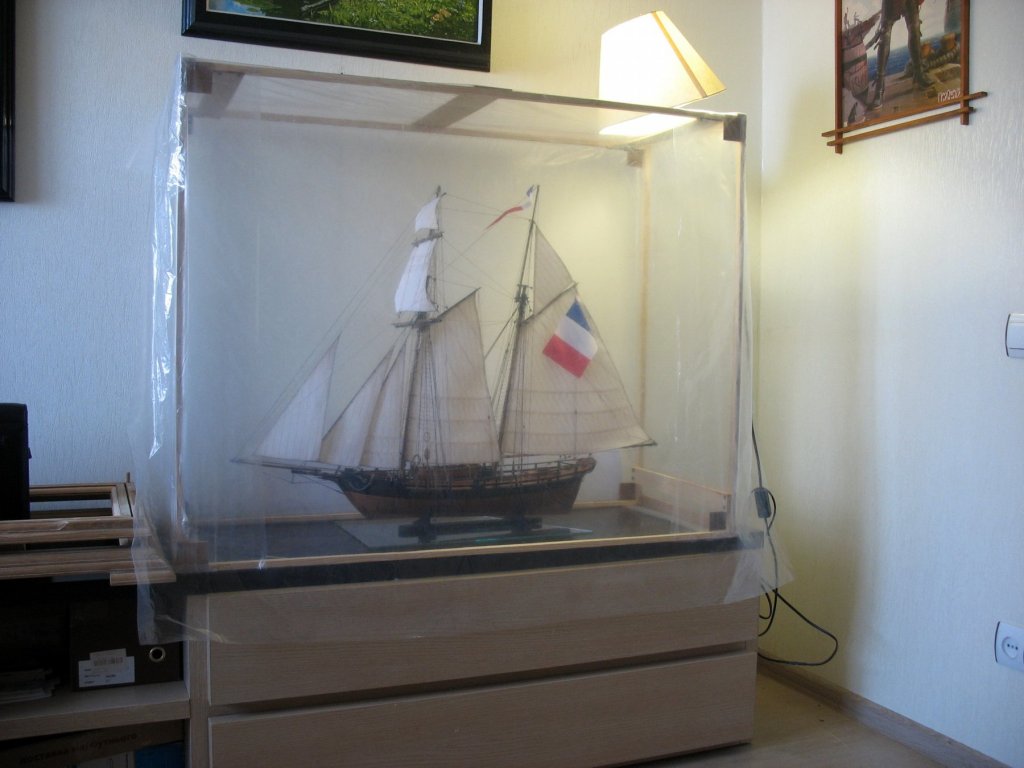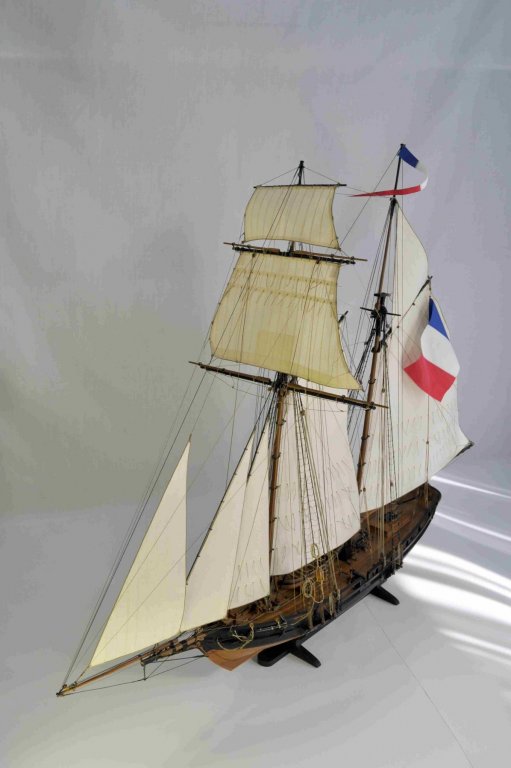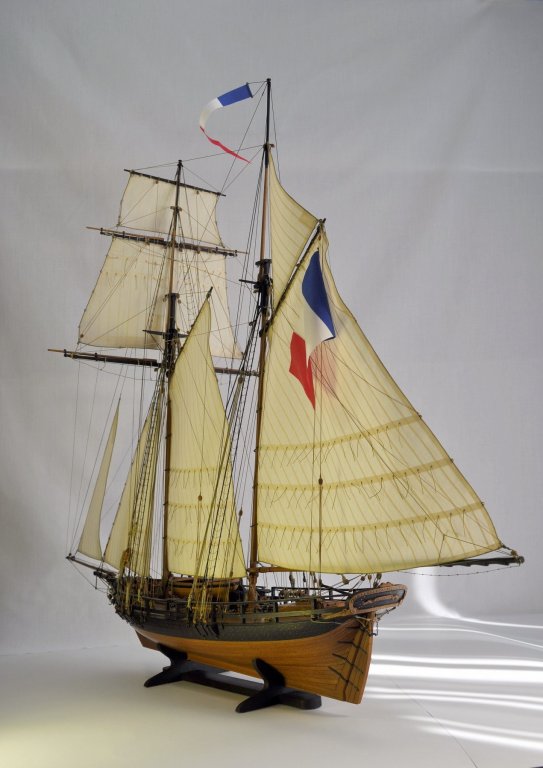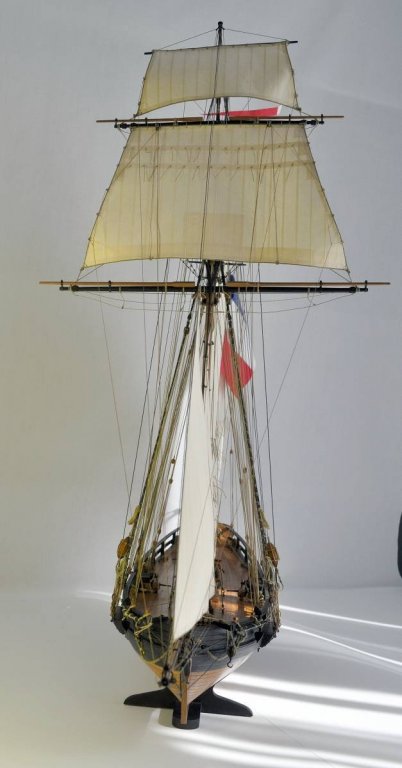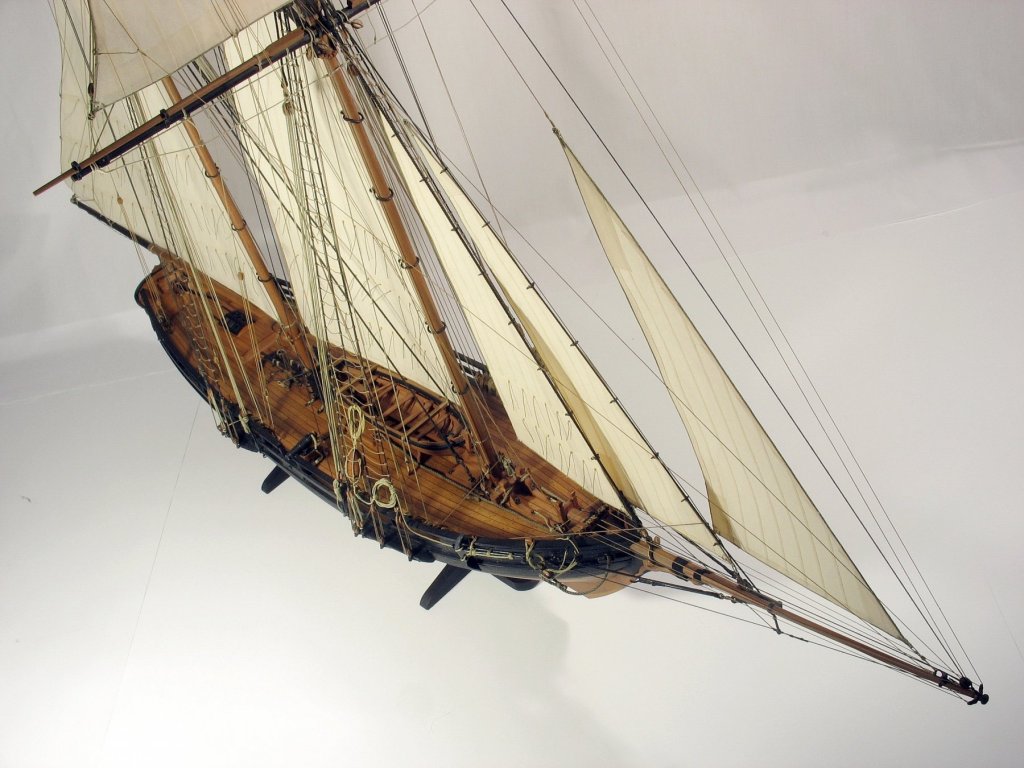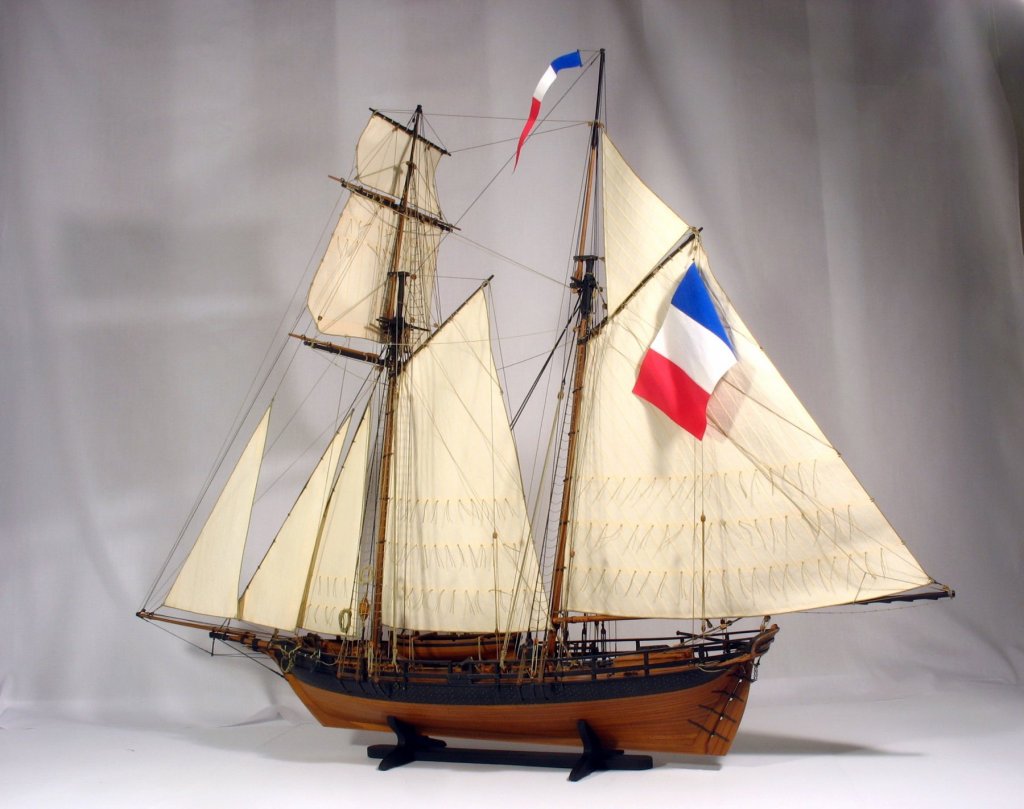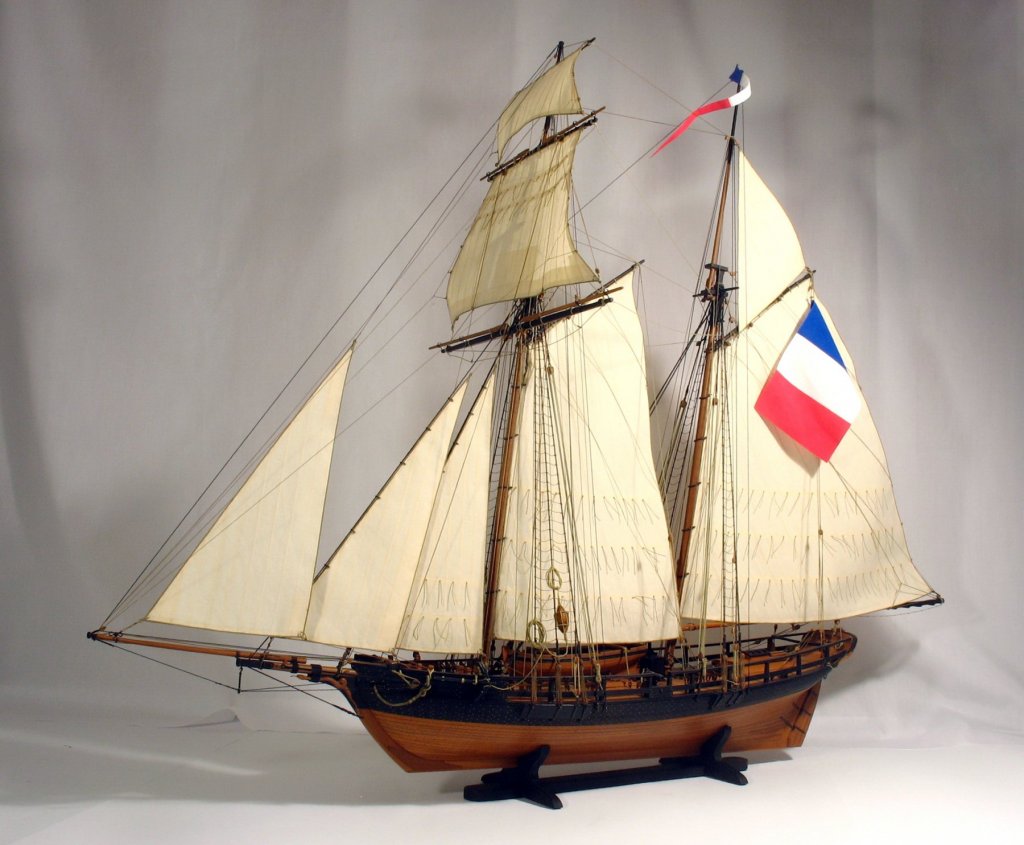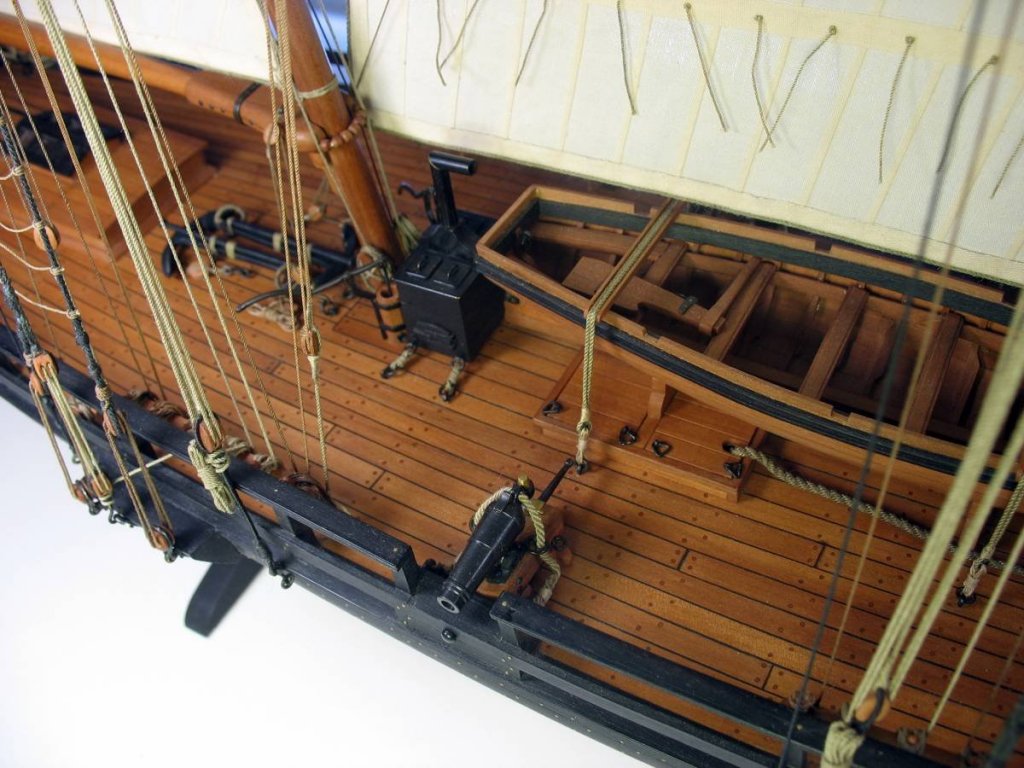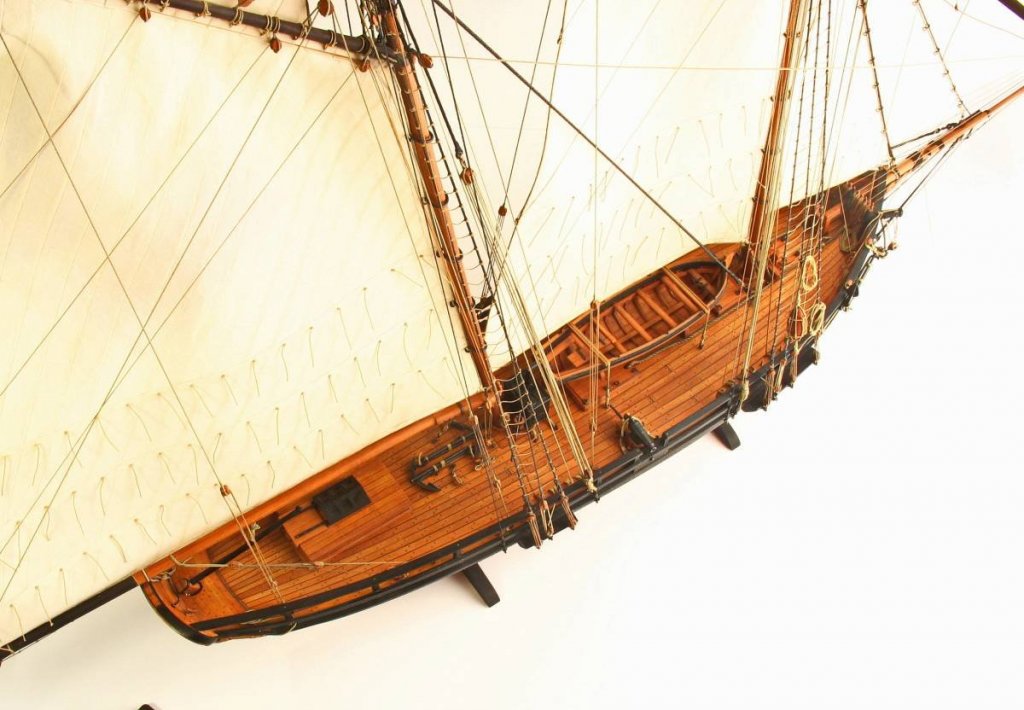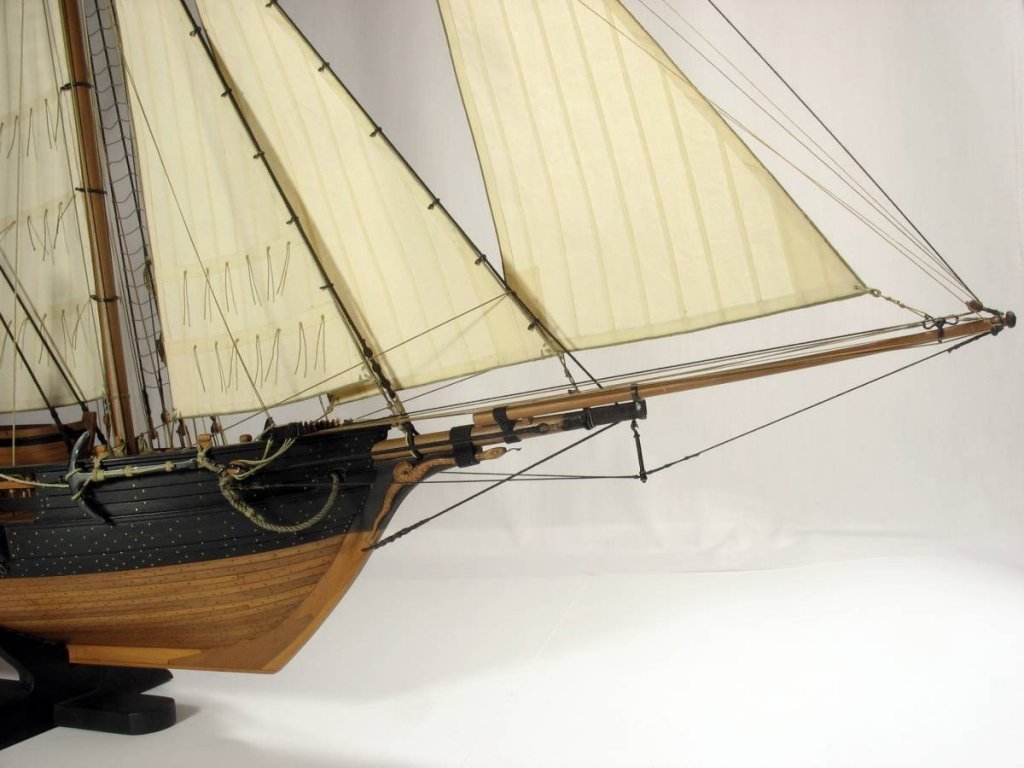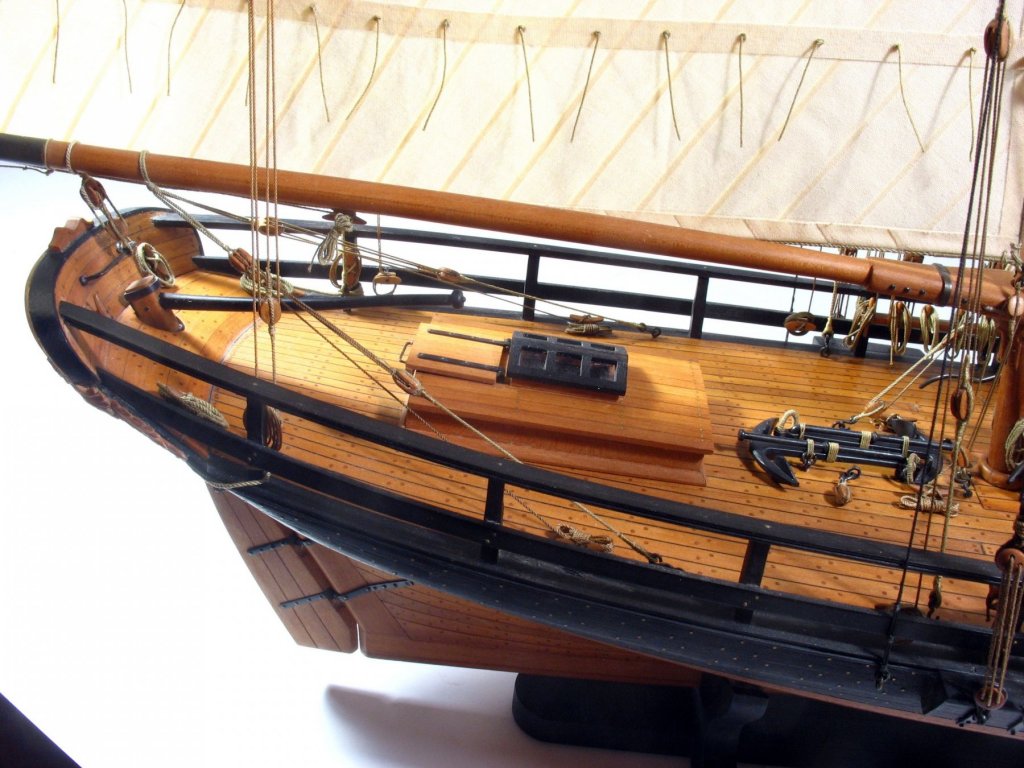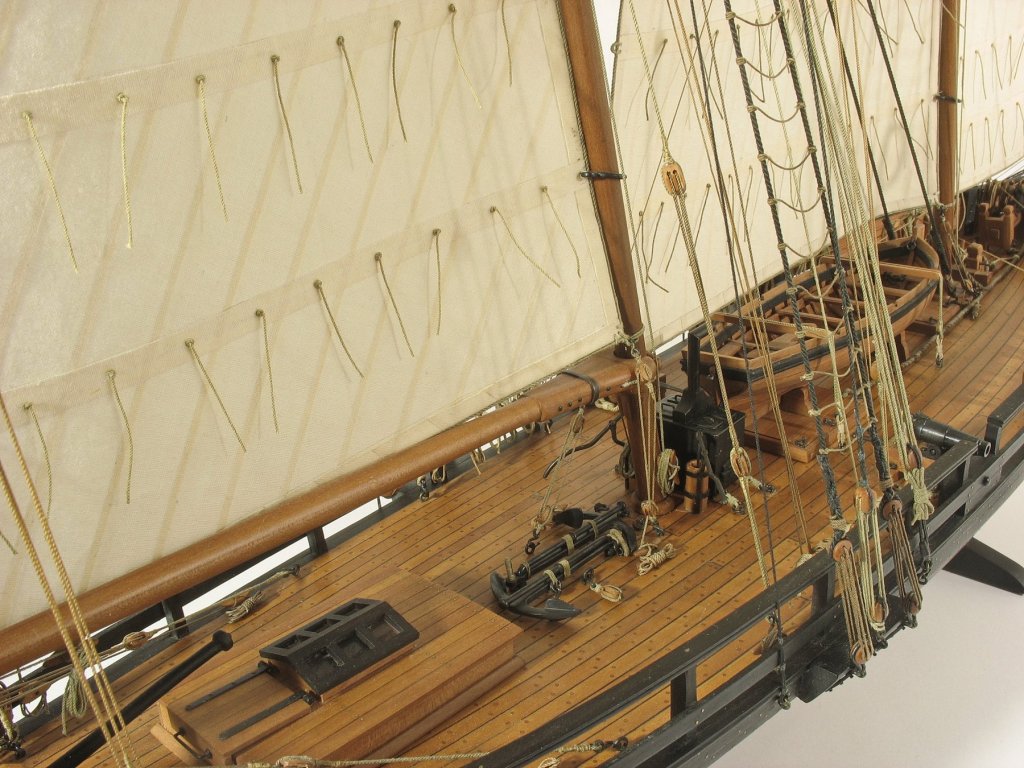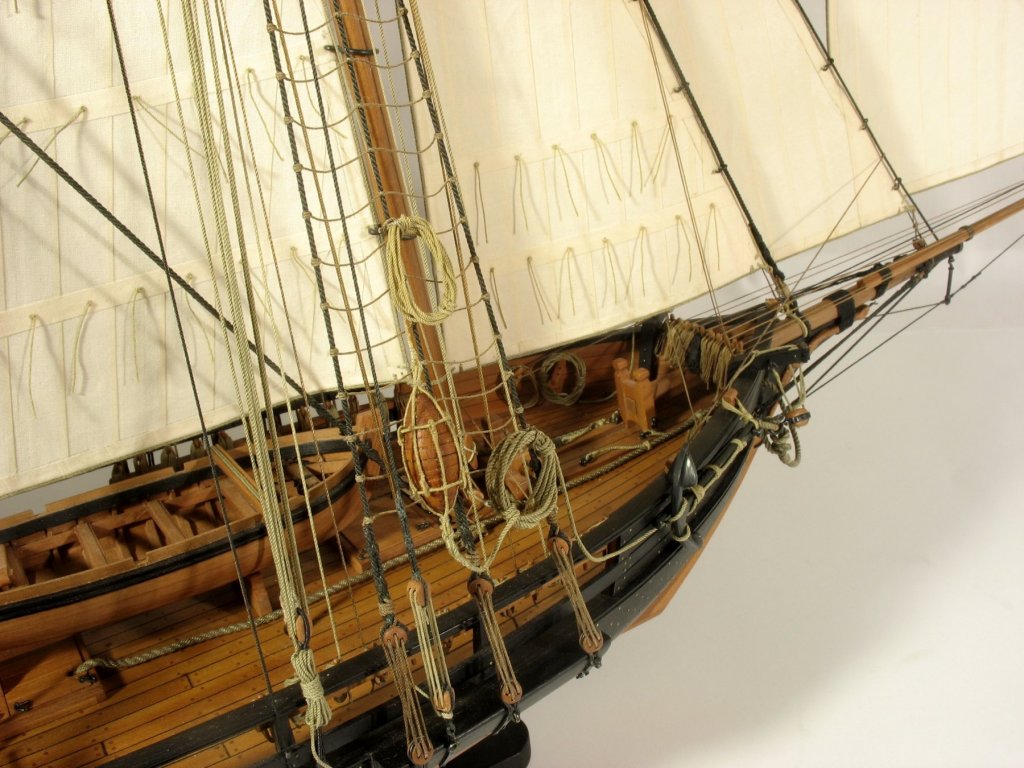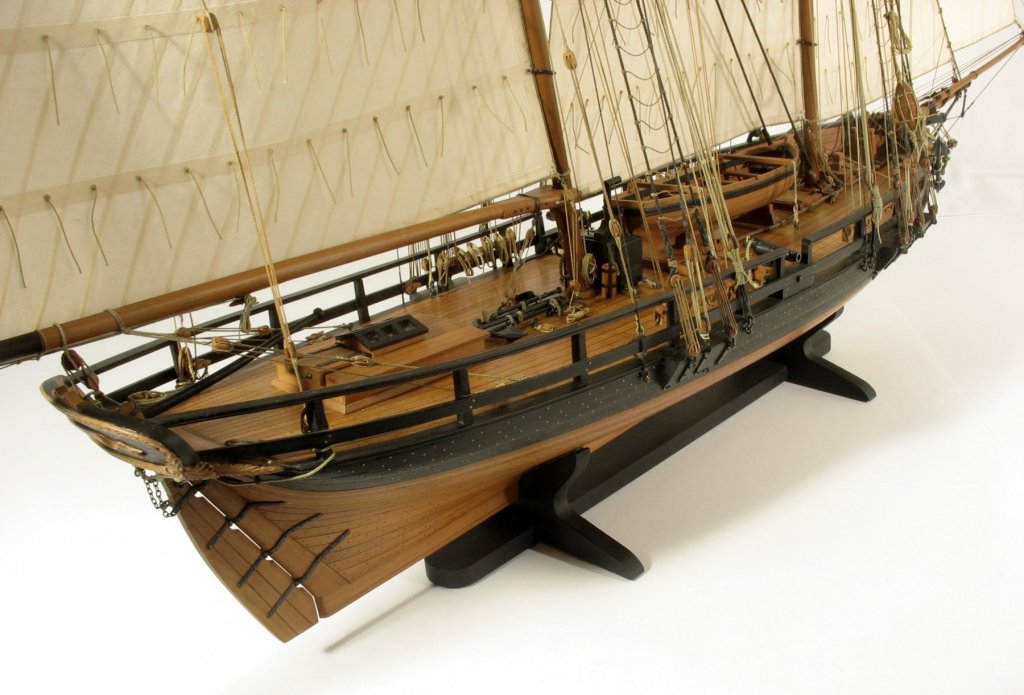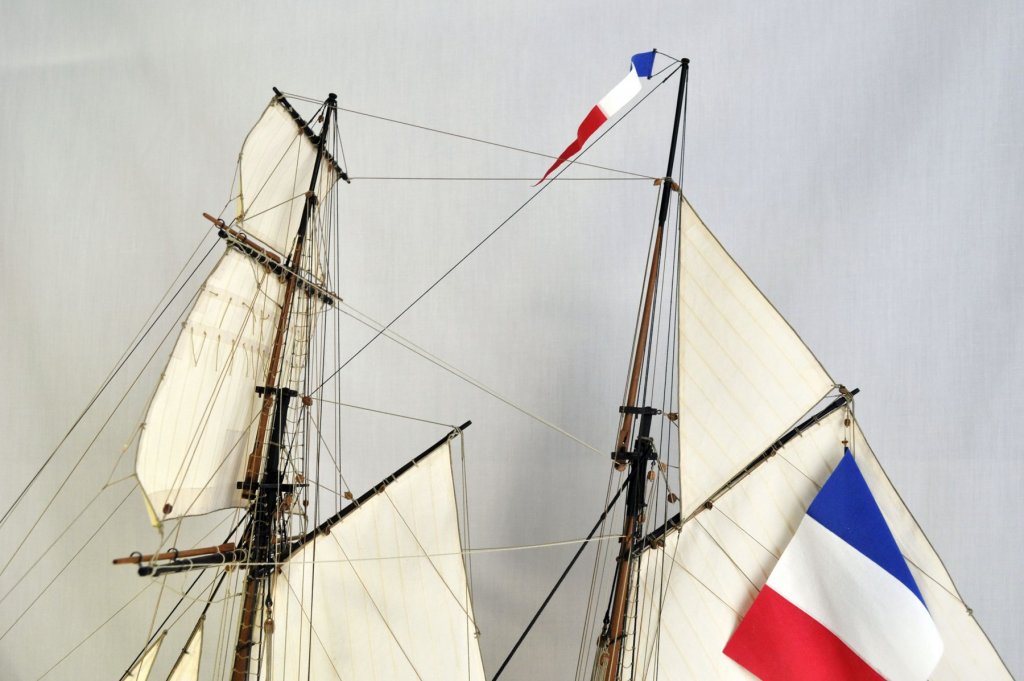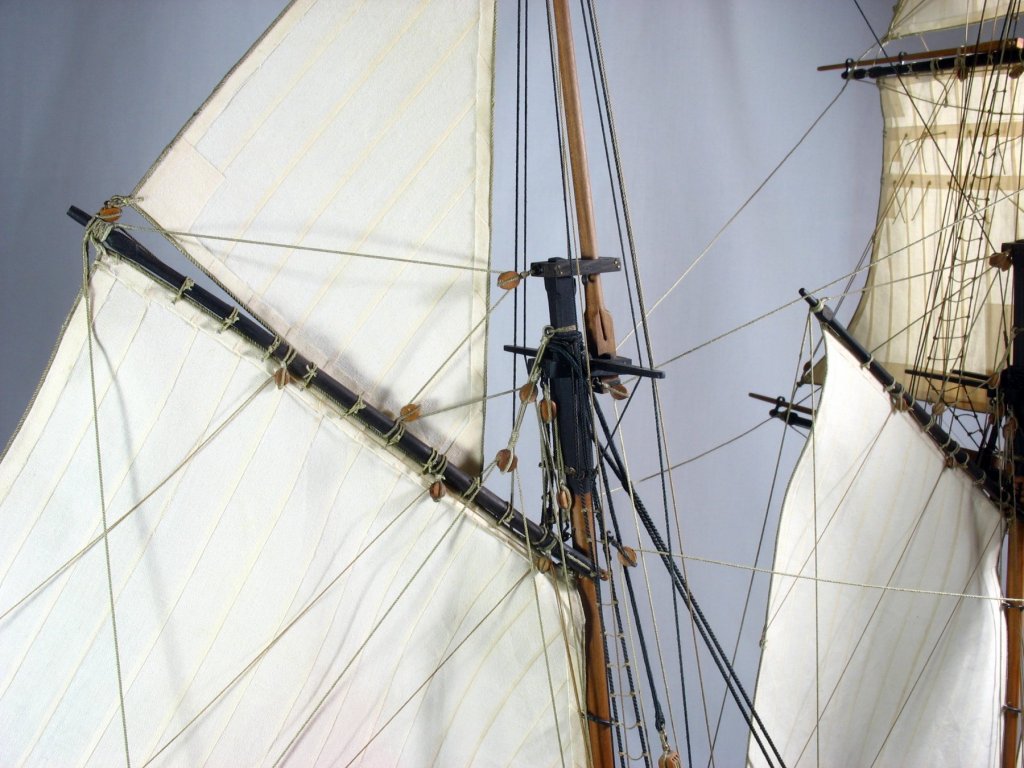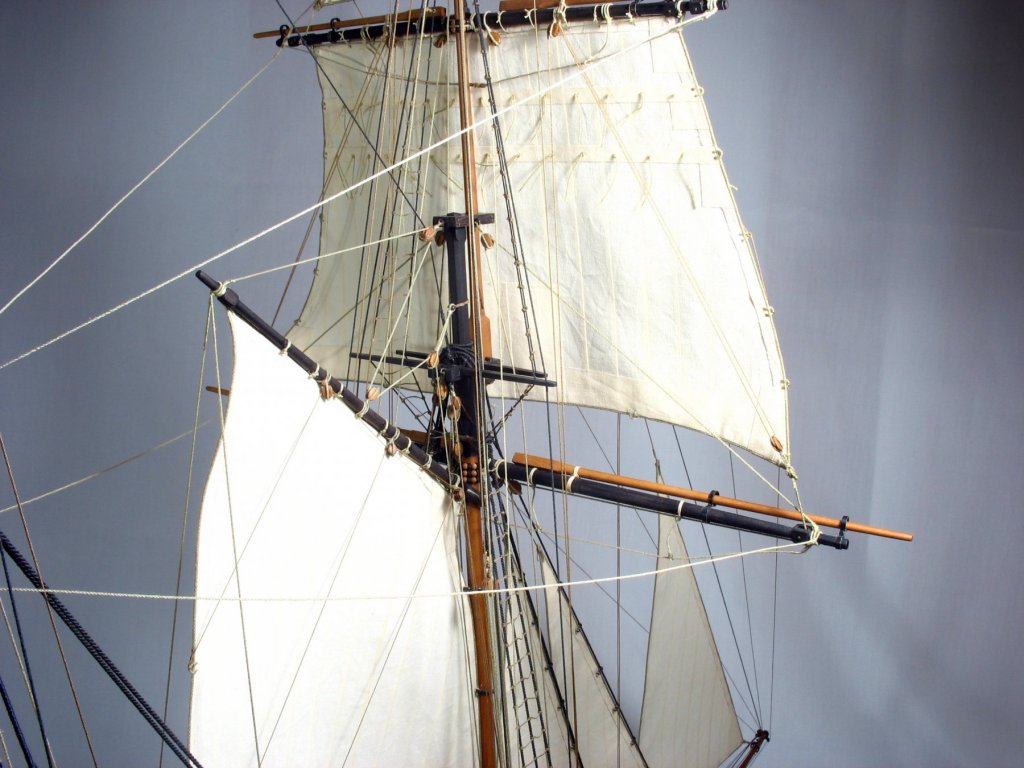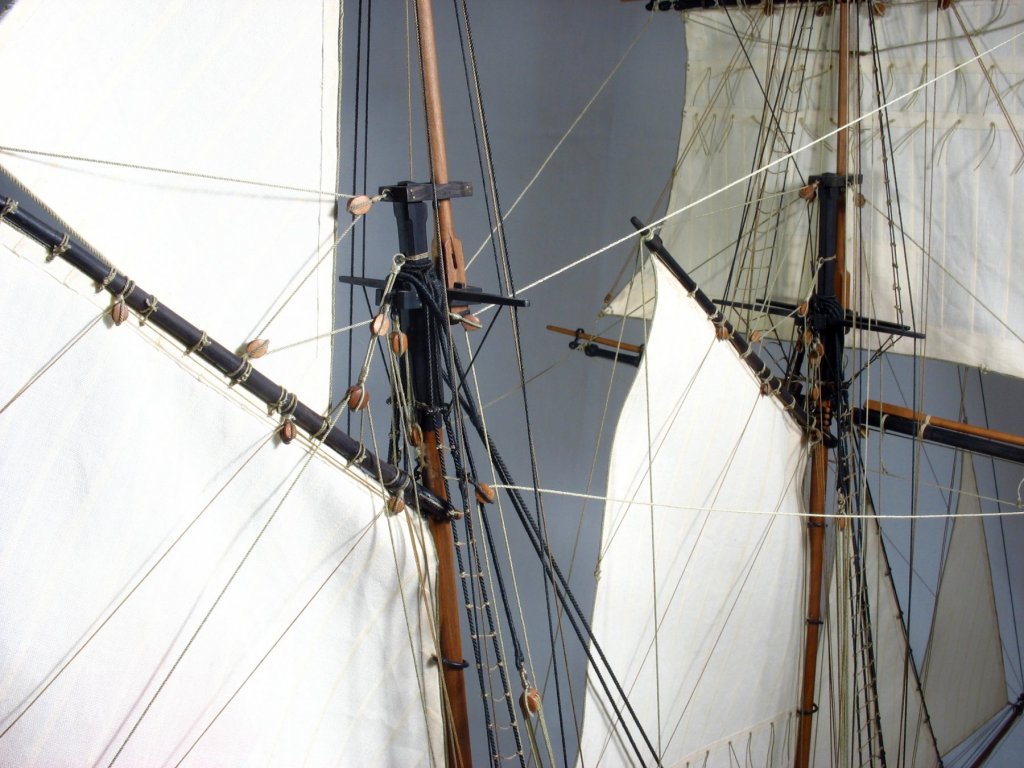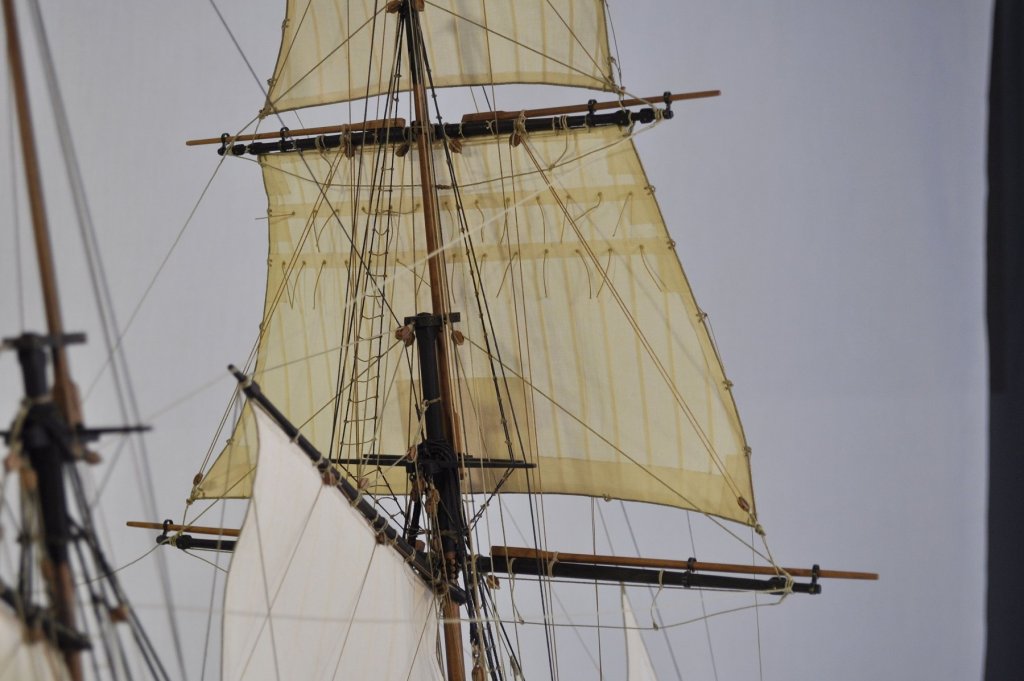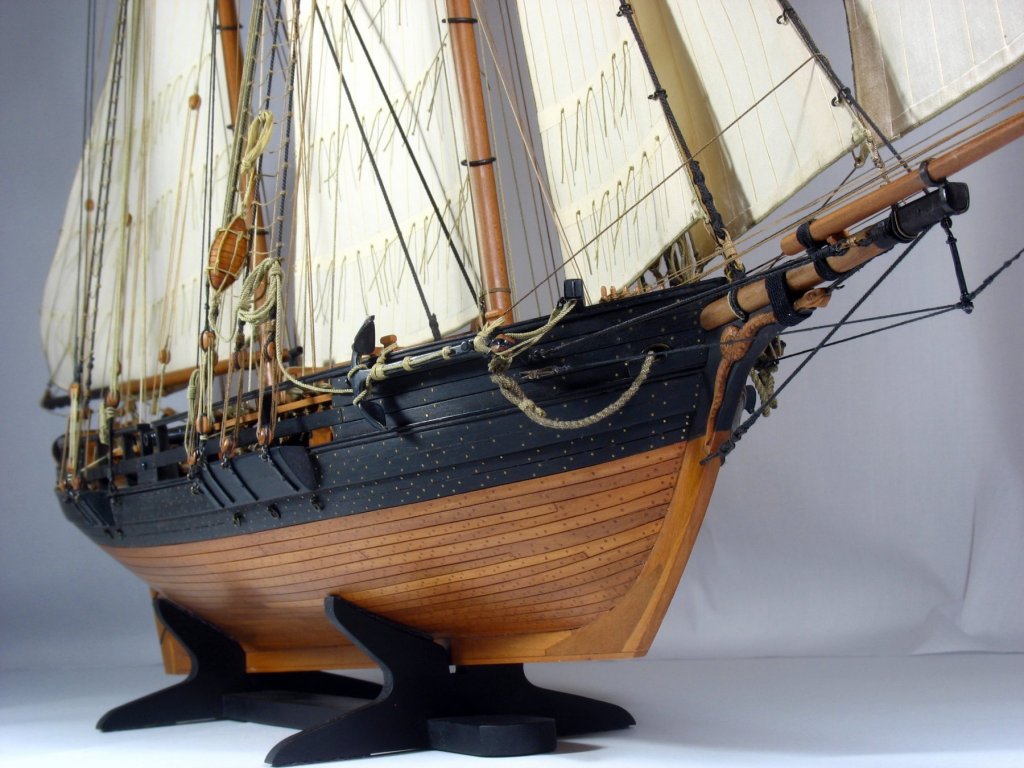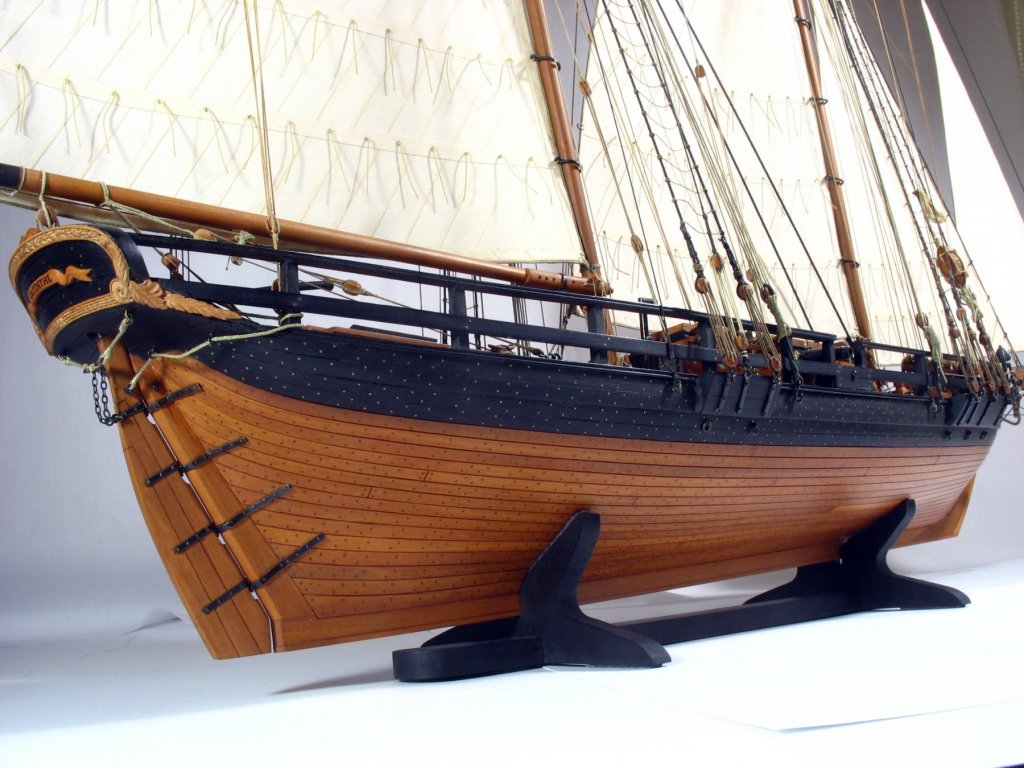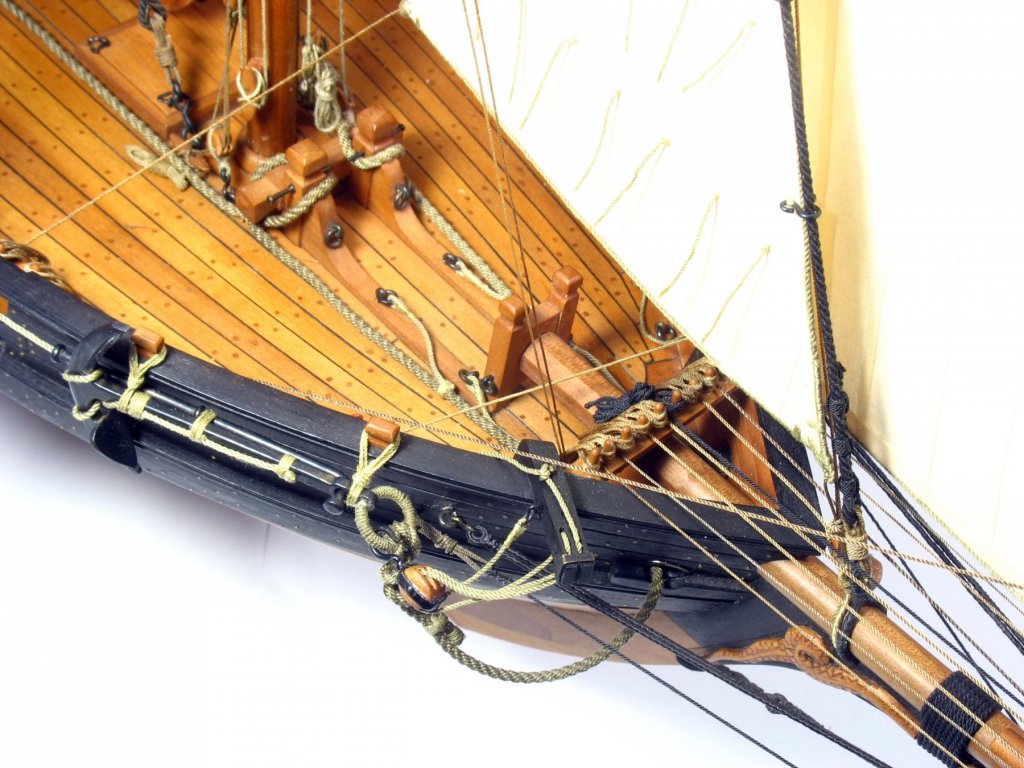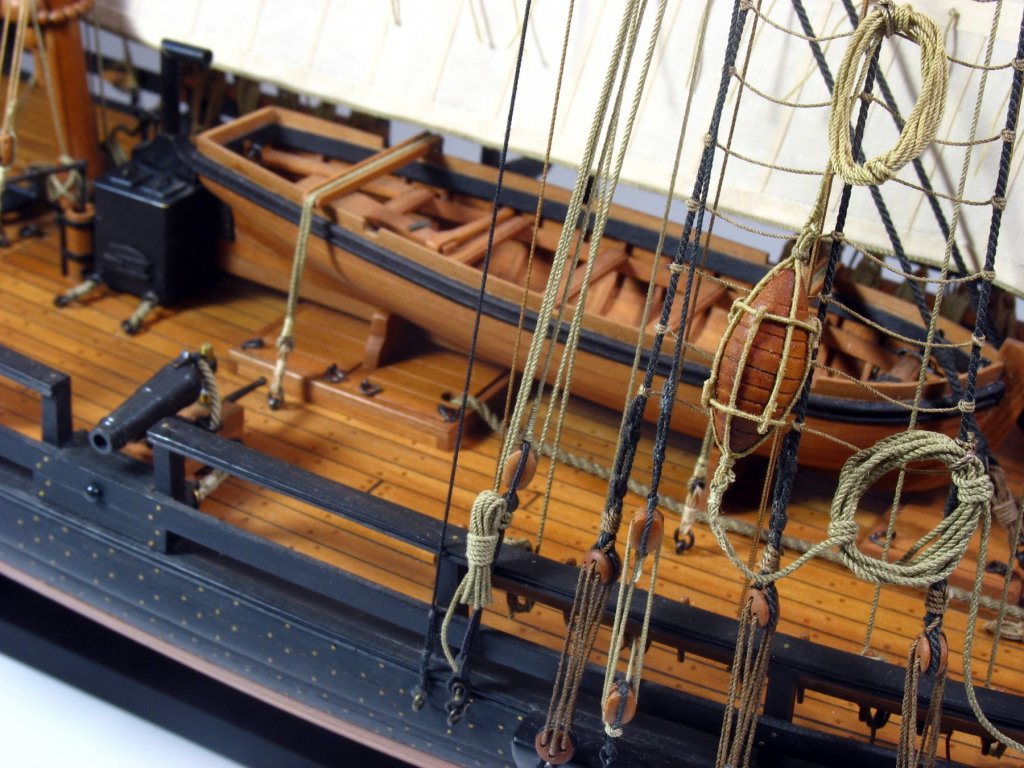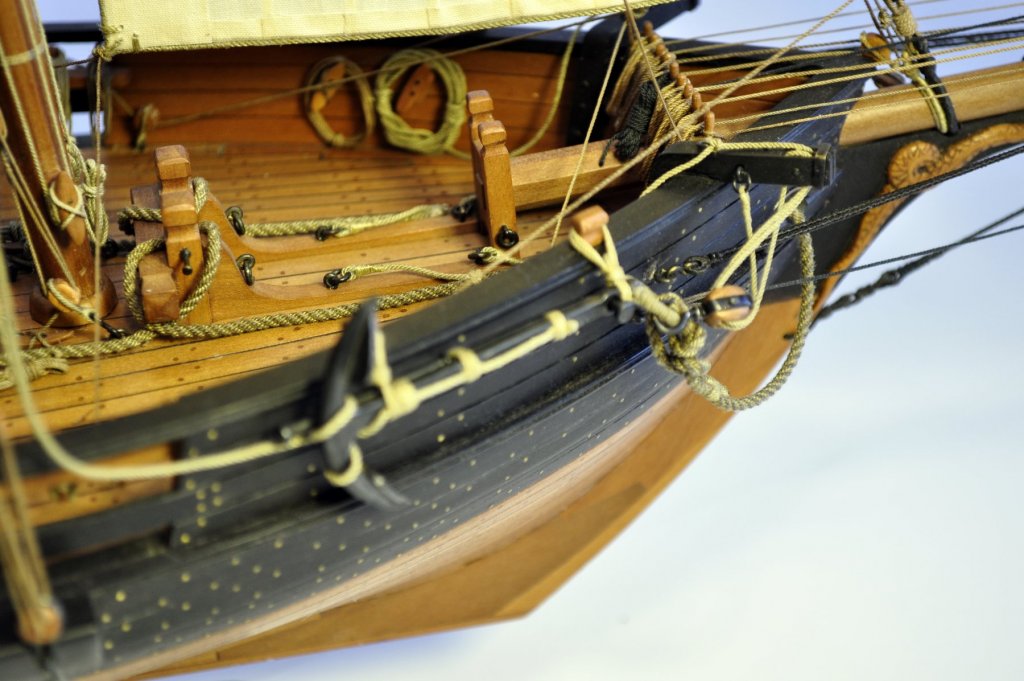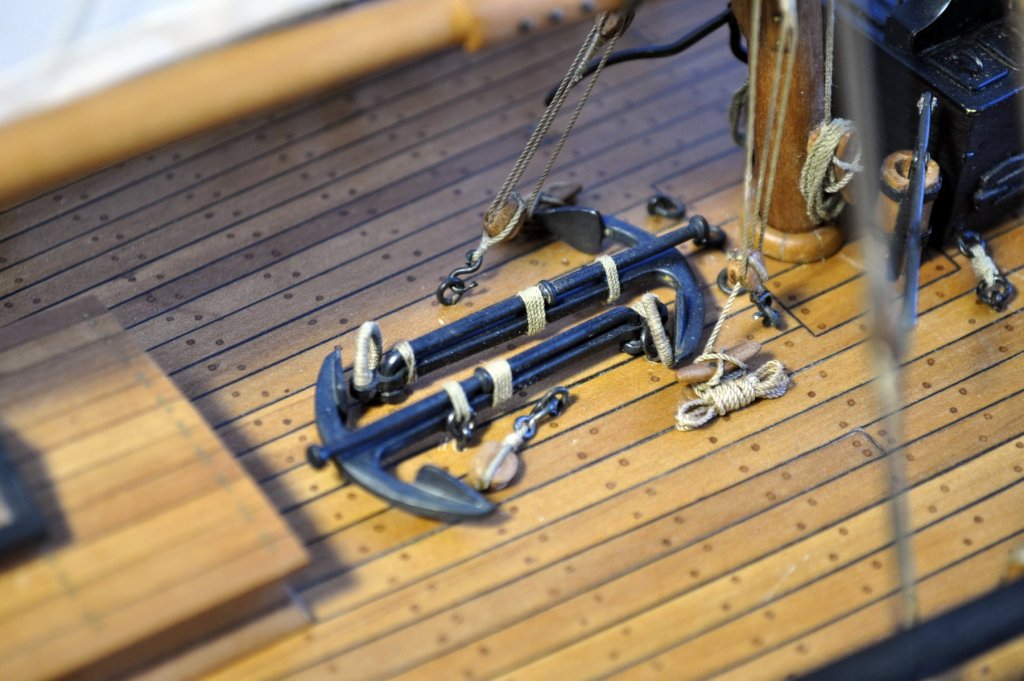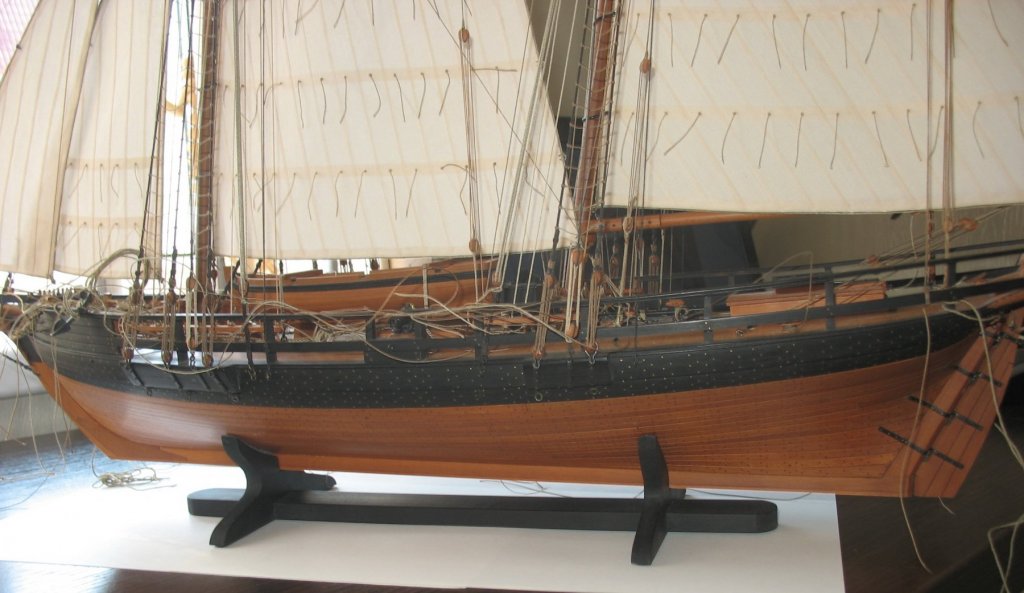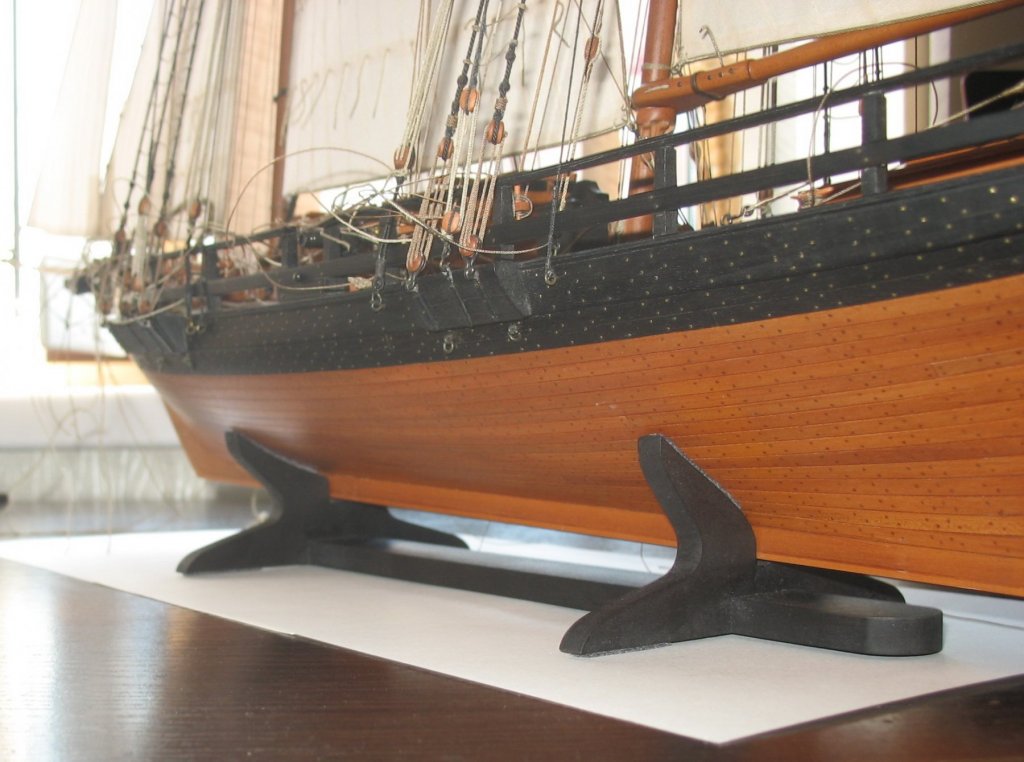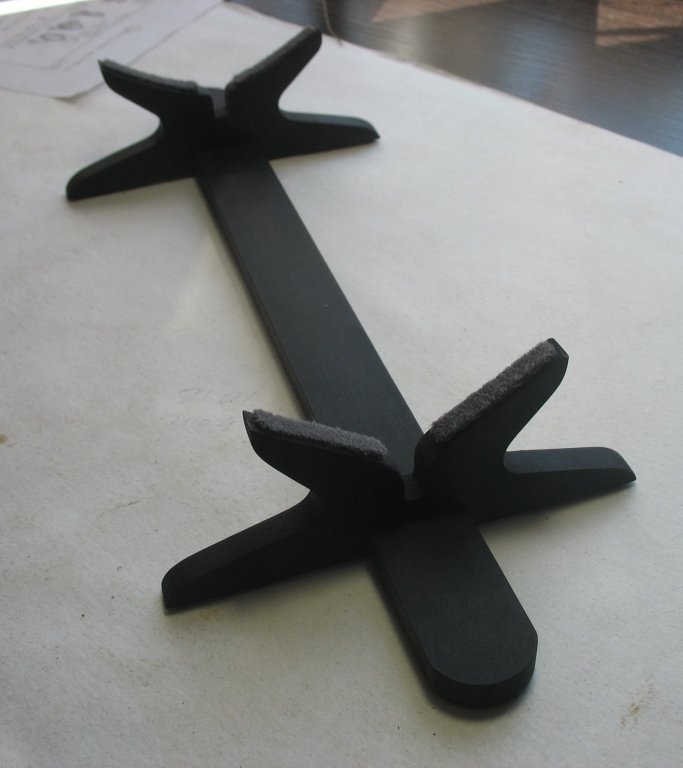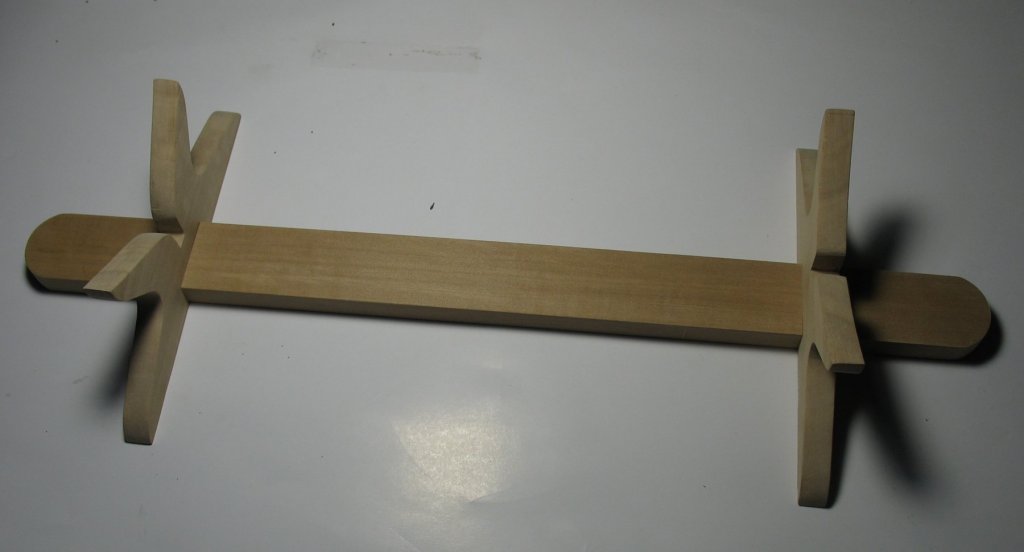-
Posts
557 -
Joined
-
Last visited
Content Type
Profiles
Forums
Gallery
Events
Everything posted by KORTES
-
In conclusion, dear colleagues and friends, let me express my gratitude to everyone who followed my work, for your responses and comments. Your opinion is very important and dear to me. I especially want to express my gratitude to my daughter-in-law Valeria, who provided valuable assistance in translating my messages, my knowledge of English for this was clearly not enough. I wish you inspiration in work, my dear friends. With deep respect, Alexander Belan.
- 306 replies
-
- schooner
- la jacinthe
-
(and 1 more)
Tagged with:
-
- 306 replies
-
- schooner
- la jacinthe
-
(and 1 more)
Tagged with:
-
The case is dismountable, assembled out of three parts. The base - chipboard, covered with green fabric. The case itself is a 3mm glass in joints on silicone. Detachable cover with LED lighting. All assembled.
- 306 replies
-
- schooner
- la jacinthe
-
(and 1 more)
Tagged with:
-
The wooden case was ordered a long time ago, so it was awaiting the end of the work for almost two years. The carpenter is a real Master, I tried to find the good one for a very long time, and I found him when I ordered the case for Carolina.
- 306 replies
-
- schooner
- la jacinthe
-
(and 1 more)
Tagged with:
-
Greetings, dear colleagues. I would like to present the final touch of my work with “La Jacinthe”. While I was assembling the rigging, sails and the case, I had to construct a temporary refuge from the dust.
- 306 replies
-
- schooner
- la jacinthe
-
(and 1 more)
Tagged with:
-
Thank you very much my dear colleagues and friends for such warm words. I’m very touched by your attention to my work. My best regards.
- 306 replies
-
- schooner
- la jacinthe
-
(and 1 more)
Tagged with:
-
Your handicraft is truly amazing! My best regards, Alexander.
-
- 306 replies
-
- schooner
- la jacinthe
-
(and 1 more)
Tagged with:
-
- 306 replies
-
- schooner
- la jacinthe
-
(and 1 more)
Tagged with:
-
- 306 replies
-
- schooner
- la jacinthe
-
(and 1 more)
Tagged with:
-
- 306 replies
-
- schooner
- la jacinthe
-
(and 1 more)
Tagged with:
-
- 306 replies
-
- schooner
- la jacinthe
-
(and 1 more)
Tagged with:
-
My work on the “La Jacinthe ” is coming to an end. There’s always room from improvement, so one must know when to put the final point. I would like to express my gratitude to honorable Masters, Dmitriy Shevelev and Slavyan Snarlev, whose work had inspired me to build this beautiful ship. I would like to thank my friends Oleg Seregin and Vladimir Turbasov for the photo reports on the building process, that were of a big help for me. I would also like to thank Vladislav Stavanov for his help and support and all the Masters who paid attention to my work and helped me by the constructive critics and advices. My best regards.
- 306 replies
-
- schooner
- la jacinthe
-
(and 1 more)
Tagged with:
-
Thank you very much, Colleagues for such a high evaluation of my work. My best regards.
- 306 replies
-
- schooner
- la jacinthe
-
(and 1 more)
Tagged with:
-
- 306 replies
-
- schooner
- la jacinthe
-
(and 1 more)
Tagged with:
-
- 306 replies
-
- schooner
- la jacinthe
-
(and 1 more)
Tagged with:
-
- 306 replies
-
- schooner
- la jacinthe
-
(and 1 more)
Tagged with:
-
I have made a stand. I would like to point out that it had to be done before installing the riggings and mast-and-sparts. Adjusting the profile of the stand with a finished model is very hard. Material - pear tree.
- 306 replies
-
- schooner
- la jacinthe
-
(and 1 more)
Tagged with:
-
While working on the installation of riggings, I made the flag and pennant. Taking my wife’s advice I bought a rayon of three different colors, instead of using the dye, luckily it’s not the British flag, so I glued the rayons together, just like the sails. I made it in two variations.
- 306 replies
-
- schooner
- la jacinthe
-
(and 1 more)
Tagged with:
-
My greetings, dear Gary Your work doesnt cease to amaze. And the detalizaiting is just "killing". The window make one worrying about the crew - would it be injured by the shards of glass. My best regards, Alexander.
-
Greeting, dear colleagues, i have made a parrel truck, installed a mainsail, and arranged mast balls on the deck.
-
- 306 replies
-
- schooner
- la jacinthe
-
(and 1 more)
Tagged with:
About us
Modelshipworld - Advancing Ship Modeling through Research
SSL Secured
Your security is important for us so this Website is SSL-Secured
NRG Mailing Address
Nautical Research Guild
237 South Lincoln Street
Westmont IL, 60559-1917
Model Ship World ® and the MSW logo are Registered Trademarks, and belong to the Nautical Research Guild (United States Patent and Trademark Office: No. 6,929,264 & No. 6,929,274, registered Dec. 20, 2022)
Helpful Links
About the NRG
If you enjoy building ship models that are historically accurate as well as beautiful, then The Nautical Research Guild (NRG) is just right for you.
The Guild is a non-profit educational organization whose mission is to “Advance Ship Modeling Through Research”. We provide support to our members in their efforts to raise the quality of their model ships.
The Nautical Research Guild has published our world-renowned quarterly magazine, The Nautical Research Journal, since 1955. The pages of the Journal are full of articles by accomplished ship modelers who show you how they create those exquisite details on their models, and by maritime historians who show you the correct details to build. The Journal is available in both print and digital editions. Go to the NRG web site (www.thenrg.org) to download a complimentary digital copy of the Journal. The NRG also publishes plan sets, books and compilations of back issues of the Journal and the former Ships in Scale and Model Ship Builder magazines.

